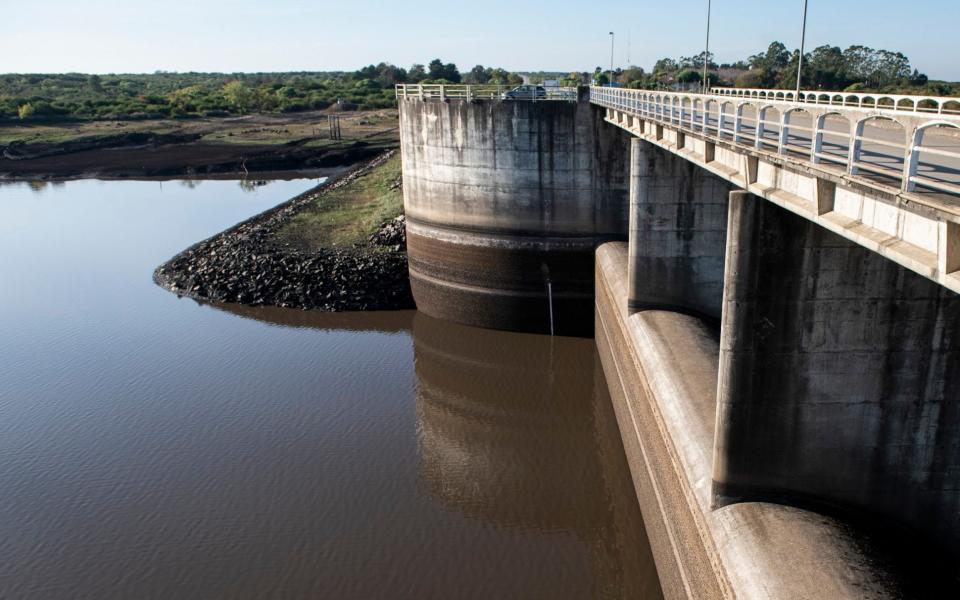Uruguay's tap water becomes too difficult to swallow

Tap water in Uruguay has become too salty to drink as a result of severe drought.
Two key reservoirs in the country of 3.4 million people have depleted so severely that salt levels are now more than double the concentration recommended by the World Health Organisation.
Uruguay’s health ministry has told pregnant women and people with heart or kidney problems not to drink water out of the tap.
“We don’t know whether tomorrow or in a week we will continue with the same sodium values,” Karina Rando, the health minister told a press conference.
The authorities have tried purifying the water, but according to official figures, the reserves will only last for another 18 days.
Uruguay’s water crisis has been blamed on low rainfall and poor planning.
‘Accumulation of mismanagement’
“We are facing a more severe drought than usual,” said Marcel Achkar, a researcher at the Institute of Ecology and Environment of the University of the Republic of Engineering Faculty of Science.
“But the crisis in Santa Lucia is an accumulation of mismanagement: deforestation in springs, degradation of resources, agricultural intensification, buffer zones and degraded wetlands, over-consumption and unplanned consumption.”
It has been exacerbated by the country’s timber and soybean industries, which are two of Uruguay’s main exports, said Daniel Panario, director of the Institute of Ecology and Environmental Sciences.
“Mountains store water. When it stops raining, water seeps out through cracks for a long time, but eucalyptus trees eat up a good portion of that water,” he explained.
“The invasion of soybeans has fundamentally affected the quality of water bodies.
“Afforestation also affects the quantity and quality of water, which drastically reduces the amount of water in rivers and reduces their self-purification capacity.”
This is the second time in a decade that Uruguay has faced a water crisis; in 2013 supplies were contaminated by high levels of phosphorus.

 Yahoo Movies
Yahoo Movies 